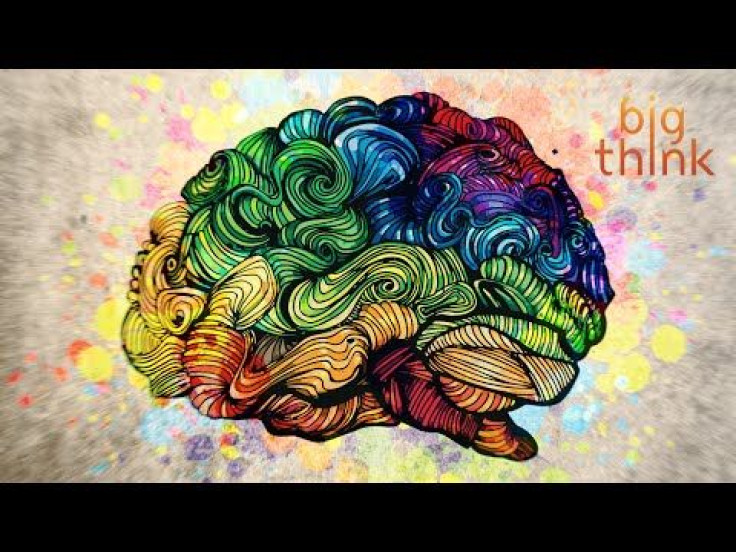Improving The Creative Process May Be One Of The Benefits Of Exercise

Imagine being able to overcome writer’s block by going for a run? The primary part of your brain that just imagined that scenario may be the hippocampus, according to research by neuroscientist Dr. Wendy Suzuki, who not only runs a research lab in the Center for Neural Science at New York University but is also a certified fitness instructor. Her lab focuses on the effects exercise has on the brain, building on a growing body of evidence that it not only improves memory but also fuels the imagination.
Creativity is not one-sided. According to Suzuki, research has shown the most creative people use both sides of the brain together and benefit most when their brain communicates fluidly between both hemispheres. It turns out a structure within the brain called the hippocampus, a structure which is primarily responsible for long-term memory, is also critical for the function of imagination.
Researchers tested the theory by giving patients with damaged hippocampi imagination tests. Those who had damage were not able to imagine and describe a tropical vacation, adding to a body of growing evidence that suggests the hippocampus is a vital part of the creative process.
Suzuki’s research into the link between exercise and creative productivity first began when she read her undergraduate advisor’s research on how a rat’s brain was affected by play and socialization. Rats that were raised in an environment with toys had a thicker outer layer in their brain known as the cortex, more blood vessels, and positive electrical activity. They also had more neurotransmitters like acetylcholine, which is very important for learning and memory. After further investigation, it was exercise that made the key changes within the brain.
Exercise not only enhances the number of new brain cells within the hippocampus, but also helps those specific brain cells survive, thrive, and grow even faster. Suzuki said in a recent TEDxTalk, “The physiological responses of hippocampal cells in rats that exercise are significantly better than the physiological responses of rats that don’t exercise. Here’s the kicker: Rats that exercise performed significantly better on long-term memory tests than rats that don’t exercise.”
Because exercise stimulates neurogenesis within the hippocampus, Suzuki’s lab theorizes it will also increase the a person’s ability to form creative ideas within the brain. Although the research on the hippocampus’s function is ongoing, the lab’s main objective has become to reveal whether or not there’s a clear cause-and-effect between exercise and creativity.



























